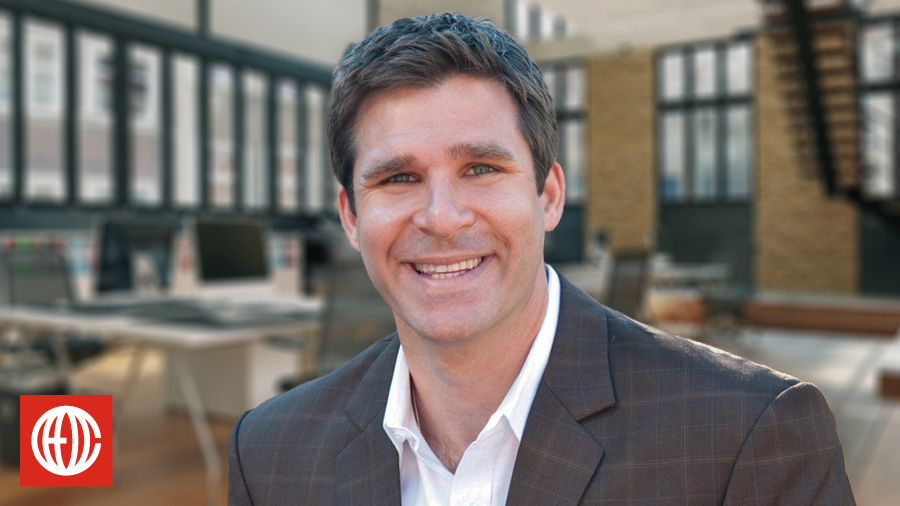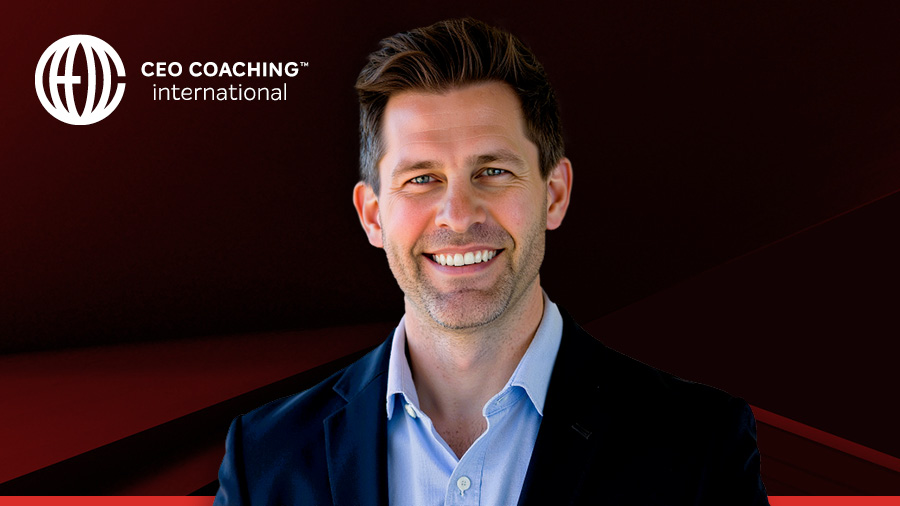
When Should a CEO Take Responsibility for BIG Mistakes vs. Finding a “Fall Guy?”
Public mistakes are inevitable at any BIG company. Lasting damage is not.
The difference between a crisis that passes and one that lingers in the minds of customers, employees, and shareholders is accountability from the top. Whatever the circumstances, the CEO will inevitably be the face of the company’s errors. With clear, decisive leadership, the CEO can also be the face of positive, proactive solutions.
Unless, of course, the CEO starts pointing fingers instead of looking in the mirror.
The next time you’re managing a crisis, think through these four points before you go rounding up fall guys and scapegoats.
1. The Value of Accountability
Accountability is the bedrock of trust between a company and its key stakeholders. When the CEO’s words result in action, employees give their all, customers stay loyal, share prices go up, and board rooms echo with confidence. That top-down example is key to establishing a culture of accountability at every level of the organization, reinforced with a consistent meeting rhythm, BIG scoreboards, and effective delegation.
But it’s easy to hold those standards of accountability when things are going well. The true test comes during a crisis — especially if the heat is directly on the CEO.
For example, in 2014, Microsoft’s Satya Nadella made a tone-deaf suggestion that “karma” would close the pay gap between hardworking women and their male coworkers. The backlash was swift.
And so was Nadella’s apology. “I answered that question completely wrong,” he wrote in a company email. “Without a doubt I wholeheartedly support programs at Microsoft and in the industry that bring more women into technology and close the pay gap. I believe men and women should get equal pay for equal work.” Nadella then followed through on his apology by publicly admitting to his blind spots around women in the workforce and continuing to champion Microsoft’s diversity initiatives.
Imagine if, instead of apologizing and taking responsibility, Nadella had waffled about being misquoted or taken out of context. Eventually, he would have had to backtrack his comments anyway. But by then, he would have lost the trust of, potentially, millions of stakeholders inside and outside Microsoft. Nadella appreciated both the value of accountability and the potential costs of squandering it.
2. The Risks of Blaming a “Fall Guy”
Customer service expert John DiJulius likes to say that even if a problem isn’t the company’s fault, it’s still the company’s problem.
CEOs need to keep that maxim in mind when they’re dealing with public crises as well. You, personally, may not have been rude to a customer or written an offensive social media post. But as CEO, you do have to take some responsibility for the problem and the immediate solution. Firing a subordinate or terminating a problematic partnership might be part of the equation. But CEOs who assign more blame than the responsibility they assume risk making stakeholders think the company’s standards don’t apply in the c-suite.
That can be especially true if the “fall guy” isn’t actually a person who made a mistake. By and large, CEOs who spent the last couple of years blaming COVID or inflation for their problems weren’t owning up to the structural inefficiencies that these challenges revealed about their businesses. No one wants to work for a CEO who blames a hurricane for a supply chain disruption and throws up his hands. A real leader admits that they should have seen a disruption coming and lays out a plan to get all the gears spinning again.
Look at how Airbnb CEO Brian Chesky navigated the pandemic. As the company weathered unprecedented revenue loss and corporate layoffs, Airbnb also was criticized for how its handling of refunds was hurting its network of hosts. Rather than pointing to a once-in-a-generation fall guy, Chesky apologized. He also set up a $250 million fund to cover cancellation costs and established new health and safety policies to prepare the company, its hosts, and its guests for the new normal. As a result of Chesky’s leadership, Airbnb was still able to go public at the end of 2020 and achieve a $100 billion-dollar valuation.
3. Criteria for Deciding When to Take Responsibility
There’s a difference between a CEO making a public apology for the company’s mistakes and assuming personal responsibility. Before you fall on your sword, ask yourself:
- How BIG is this problem?
- Am I personally responsible for what happened?
- Was I personally aware of the circumstances that led to this crisis?
- What is the potential impact on shareholders, employees, and customers?
- What are the legal and ethical ramifications?
- What is a proportional response from me? From the company?
The Starbucks racial bias crisis is an instructive example of putting this framework into action. CEO Howard Schultz wasn’t the Starbucks employee who called the police on two Black men waiting in a Philadelphia café for their friend. The incident wasn’t the result of any policy Schultz had personally approved. Schultz easily could have blamed a bad employee, fired his fall guy, and tried to move on.
But that would have been inadequate compared to the enormous legal, ethical, and business problems Starbucks was facing. So, instead of assigning blame or taking responsibility, Schultz apologized responsibly and took action in a BIG way: he closed 8,000 cafés across the country for mandatory racial bias training. “It will cost millions of dollars,” Schultz said, “but I’ve always viewed this and things like this as not an expense, but an investment in our people and our company. And we’re better than this.”
4. Navigating Public Relations and Communications
Effective crisis management is ultimately a test of the CEO’s communication skills. If you can’t project clarity, honesty, and empathy, the public isn’t going to care who’s ultimately responsible for what. They’re going to blame your leadership and turn on your company.
“Big Oil” doesn’t inspire many warm and fuzzy feelings from the public to begin with. But BP CEO Tony Hayward didn’t do his company any favors after the 2010 Deepwater Horizon explosion that caused the largest oil spill in U.S. history. Hayward made a series of insensitive and petulant comments during the cleanup, downplaying the size of the spill and complaining, “I want my life back.” He also tried to spread around blame for the disaster to the drilling rig’s owner and to Halliburton’s cement work.
As Harvard’s Rosabeth Moss Kanter wrote at the time, “A true leader faces facts, presents a situation fully to all stakeholders, and models accountability. A leader does not attempt to minimize the extent of a problem or promise action faster than can be delivered. A true leader sets appropriate expectations and delivers. He or she does not duck responsibility by shifting the bulk of the blame to someone else.”
CEOs who make a habit of pointing fingers will, eventually, run out of places to point. Rather than trying to win the blame game, ask yourself what you, as the leader of the company, can do better to prevent the next crisis. If fault lies with a careless manager or a lousy product, by all means, say so and get rid of them. But then assume responsibility for planning the next steps that will get your company all the way out of the hole and back to Making BIG Happen.
About CEO Coaching International
CEO Coaching International works with CEOs and their leadership teams to achieve extraordinary results quarter after quarter, year after year. Known globally for its success in coaching growth-focused entrepreneurs to meaningful exits, CEO Coaching International has coached more than 1,000 CEOs and entrepreneurs in more than 60 countries and 45 industries. The coaches at CEO Coaching International are former CEOs, presidents, or executives who have made BIG happen. The firm’s coaches have led double-digit sales and profit growth in businesses ranging in size from startups to over $10 billion, and many are founders that have led their companies through successful eight, nine, and ten-figure exits. Companies working with CEO Coaching International for two years or more have experienced an average EBITDA CAGR of 53.5% during their time as a client, more than three times the U.S. average, and a revenue CAGR of 26.2%, nearly twice the U.S. average.
Learn more about executive coaching | Meet our world-class coaches





